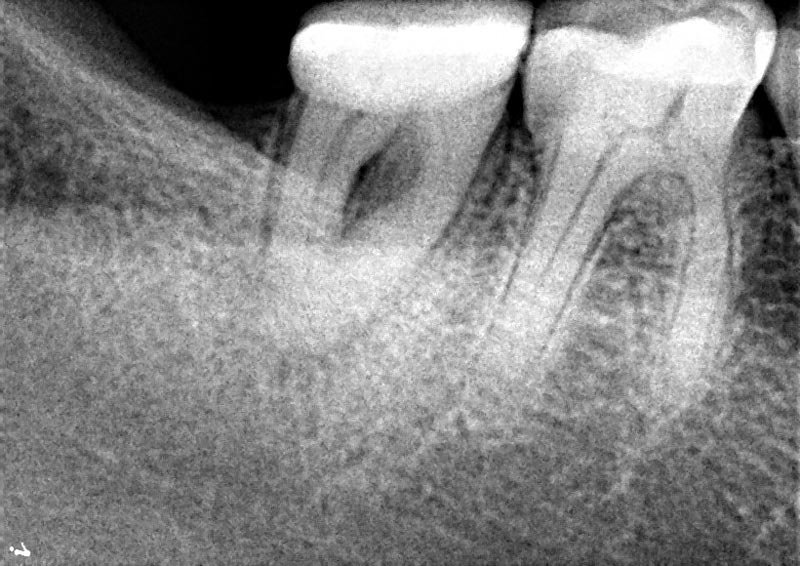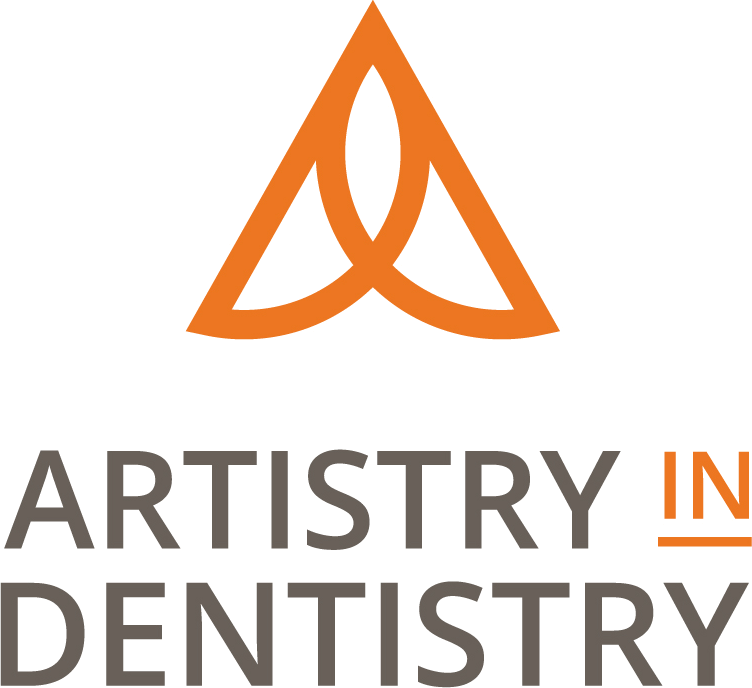



Do I need a root canal? The tooth has decay, but has it invaded the root of the tooth?
I have a suspicious area in my bone on the dental x-ray…how big is it? Where is it? Is it a cyst, is it an abscess?
I’m getting an implant placed, how do they know exactly where to place it?
I think I may have a sinus infection, but my physician thinks it’s a tooth causing the pain, which is it?
All of these questions can be difficult to answer without the right tools to investigate and diagnose the problem. Dental x-rays can show us a lot, but only give us a 2-dimensional image of a 3-dimensional object, which doesn’t always show us the whole picture. Fortunately, technology has advanced and we now have 3-D imaging available. Dental cone beam computed tomography (CT) is a special type of x-ray machine used in situations where regular dental or facial x-rays are not adequate enough to diagnose a patient’s condition.
Dr Sullivan is always on the leading edge of dental technology and has made it possible for our office to answer the questions above with our new cone-beam imaging machine. It looks very similar to the pano machine you’ve seen in our office or other dental offices, but this one has the ability to not only take panoramic 2-dimensional x-rays but also 3-D cone beam images.
Recently we had a patient in our office that had a suspicious bump on the gingival tissue but wasn’t having any symptoms. Brittany, one of our hygienists, took the regular 2-D x-ray that showed the root of the tooth, but we couldn’t see much of an infection at the end of the root. Because of the suspicious bump, Dr Sullivan recommended that we take a 3-D cone beam CT … you would not believe how much more we could see! When Dr. Sullivan reviewed the CT scan he could see significant infection in the root and bone surrounding the tooth and determined that the patient needed a root canal to eliminate the infection and save the tooth. Without 3-D imaging, we wouldn’t have been able to diagnose the problem and treat it early on before the infection worsened.
This technology is amazing and we are excited to have the added ability to diagnose our patients and get to the root of the problem (pun intended). Simply stated, “amazing”! Ask about our new 3-D technology at your next hygiene or restorative visit.

